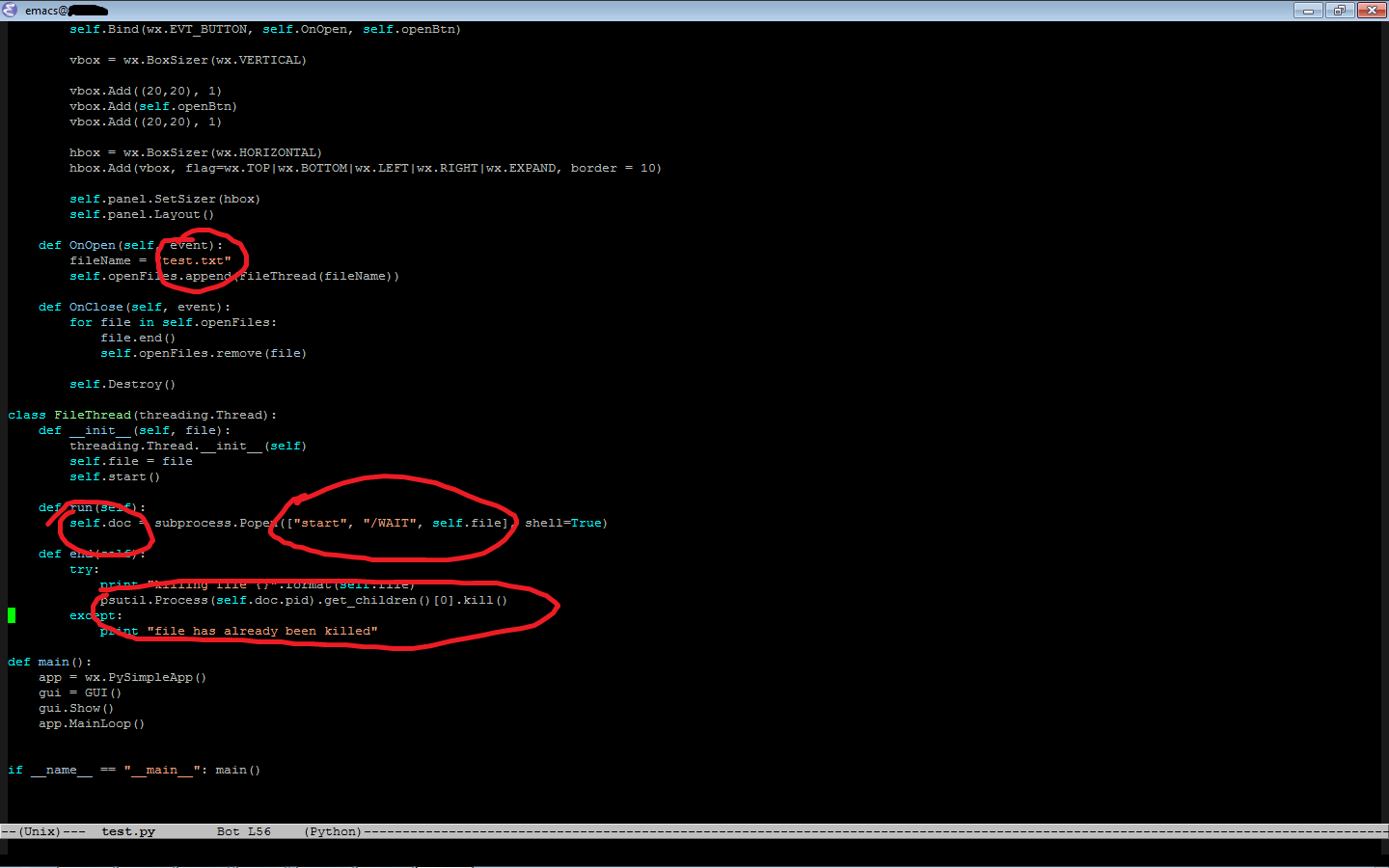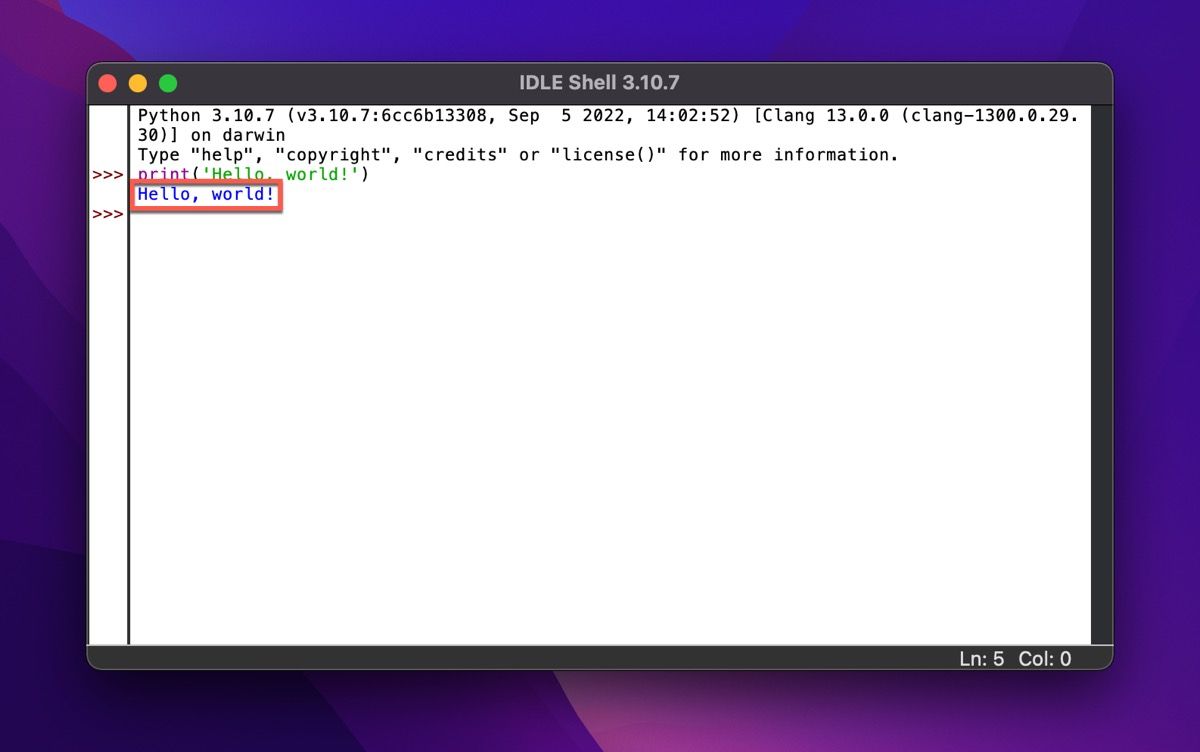

Open up your terminal command prompt on your Mac and navigate to the home directory by running cd ~/. I followed Real Python’s guide to install Python 3 via Homebrew (a quick few steps really) so I will assume you have done the same going forward in this post.

Few to no developers are updating modules in this version so when you’re building projects, it’s best to have the latest version of Python installed. So, let’s say you’re on your Mac and have the default Python distribution, which I believe should be 2.7.10. I uninstalled my Python 3.x versions I had installed (via pip and Conda) and started from scratch - uninstalling was also a hassle. I won’t get into my errors in this post but you’re free to use any other Python installation if you like. I frequently got errors about not being able to open the file I wanted to execute or not finding the installed Python version. Homebrew is a package manager just like pip and Anaconda and frankly, I’m just using that in this example because I tried for hours to run a simple cron job to no avail. Before I write the steps below, I would recommend installing the latest version of Python with Homebrew.


 0 kommentar(er)
0 kommentar(er)
